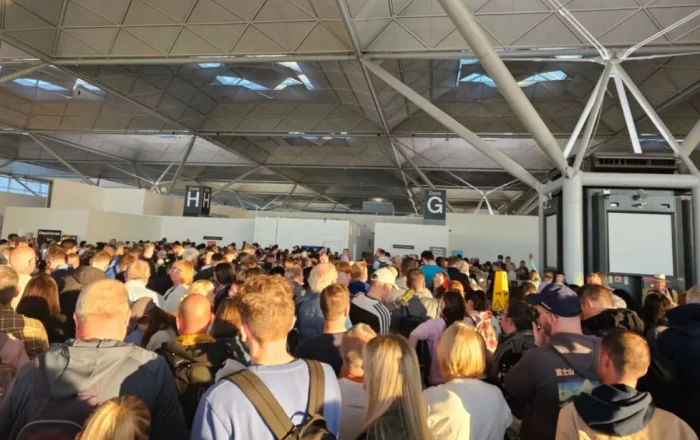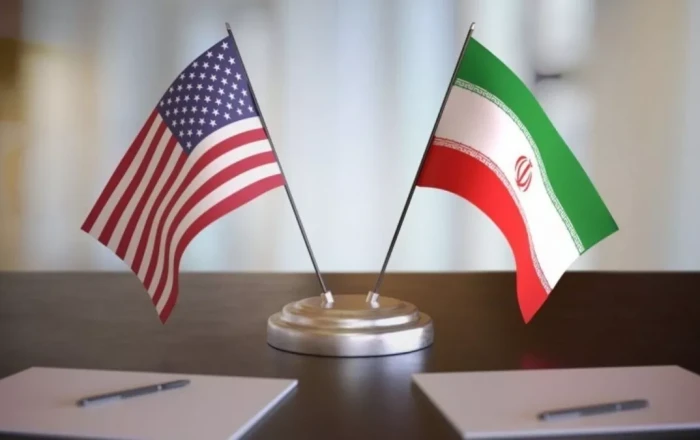Researchers at the renowned Massachusetts Institute of Technology (MIT) have uncovered a key mechanism by which the brain "unlearns" fear: a dopamine-based reward signal that promotes feelings of safety. By mapping a neural circuit between dopamine-producing cells and two distinct types of neurons in the amygdala, scientists found that dopamine not only alerts the brain to danger but also plays a critical role in reducing fear by reinforcing positive learning.
This discovery points to new therapeutic approaches for anxiety and PTSD. The SciTechDaily publication has reported on the study’s findings, noting that this occurs not by blocking fear, but by retraining the brain to recognise when it's safe.
How the brain sends an “all-clear” signal
Once a threat is gone, the brain issues a kind of internal “all-clear” signal to help diminish fear. A recent mouse study by MIT neuroscientists shows that this signal comes from a burst of dopamine released through a specific neural circuit. This system plays a vital role in emotional regulation: when it works correctly, it helps restore calm; when it fails, it may lead to persistent anxiety or PTSD symptoms.
“Dopamine is essential for initiating the extinction of fear,” explained Michele Pignatelli di Spinazzola, co-author of the new study from the lab of senior researcher Susumu Tonegawa, Picower Professor at the RIKEN-MIT Laboratory for Neural Circuit Genetics, part of the Picower Institute and a Howard Hughes Medical Institute Investigator.
In earlier research from 2020, Tonegawa’s team showed that fear learning and unlearning are driven by a tug-of-war between two neuron types in the amygdala—the brain’s emotion-processing hub. When a mouse associates a place with fear (like getting a mild shock), neurons in the anterior basolateral amygdala (aBLA) that express the gene Rspo2 store the fear memory. But when the mouse revisits the same place without any shocks, a separate group of neurons in the posterior basolateral amygdala (pBLA), expressing the gene Ppp1r1b, form a “fear extinction” memory that overrides the original.
Interestingly, these Ppp1r1b neurons are also involved in processing rewards. This could explain why it feels satisfying—almost rewarding—when an expected threat never occurs.
How reward neurons help override fear
In their latest study, former lab members Xiangyu Zhang and Katelyn Flick explored what activates these neurons. Their research, published in Proceedings of the National Academy of Sciences, found that dopamine from specific cells in the ventral tegmental area (VTA) targets different neuron populations in the amygdala.
Since dopamine plays many roles, the team wanted to see whether its presence in the amygdala directly correlates with fear and safety learning. Using imaging tools to monitor dopamine activity, they tracked mice through a three-day behavioural test.
On the first day, mice were placed in a chamber and given mild foot shocks. On day two, they returned to the same chamber but received no shocks. Initially frozen in fear, they gradually relaxed. On day three, the researchers tested whether the mice had truly overcome their fear of the chamber.
The data showed that Rspo2 neurons responded strongly to dopamine on day one during the shocks. But on day two, as the mice began to relax, Ppp1r1b neurons responded more robustly to dopamine. Notably, the mice that best extinguished their fear also had the strongest dopamine signals in these neurons.
“Our research identifies a detailed mechanism by which dopamine enables fear extinction,” said Zhang, who co-led the 2020 study and is now a Senior Associate at healthcare investment firm Orbimed. “We found dopamine activates specific reward-linked neurons in the amygdala that help suppress fear. This reframes fear extinction as a form of active, positive learning, powered by the brain’s reward system. It could transform how we approach treating disorders like PTSD.”
By Nazrin Sadigova
Source: caliber.az












